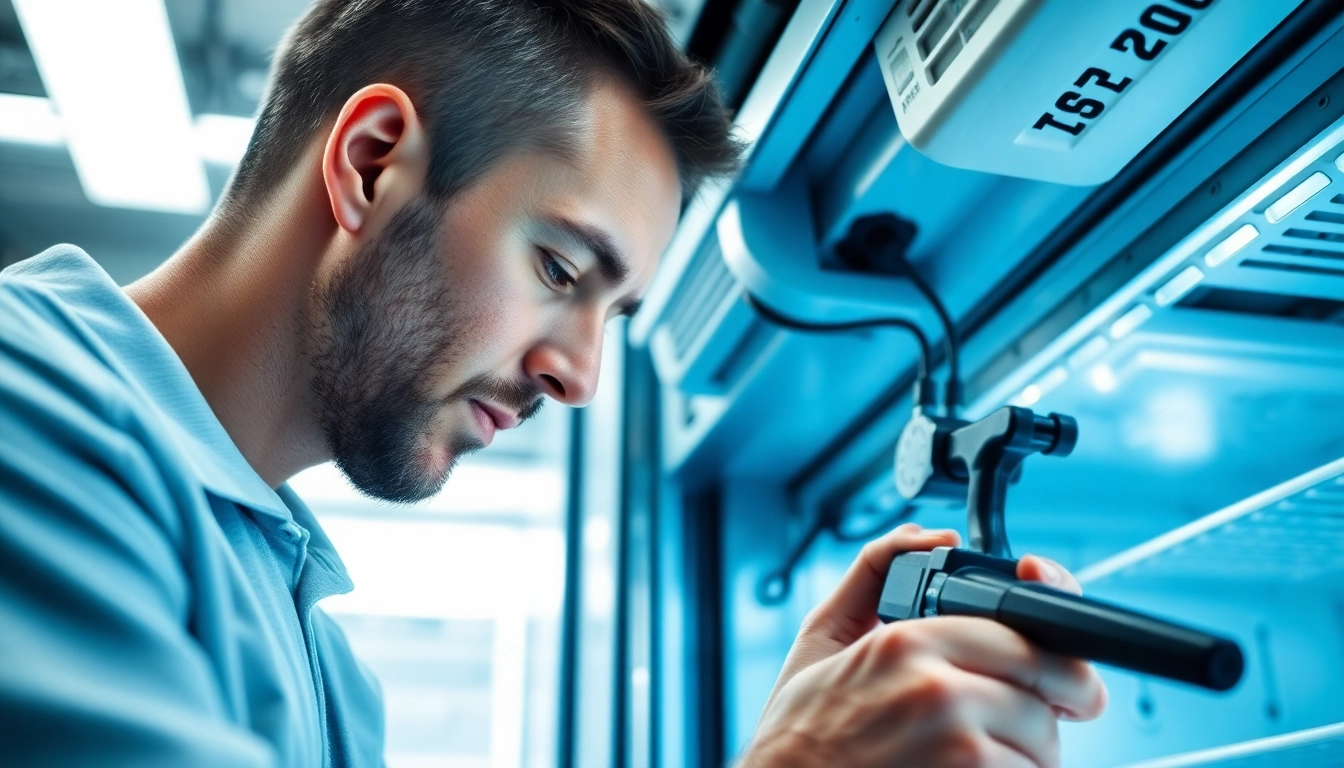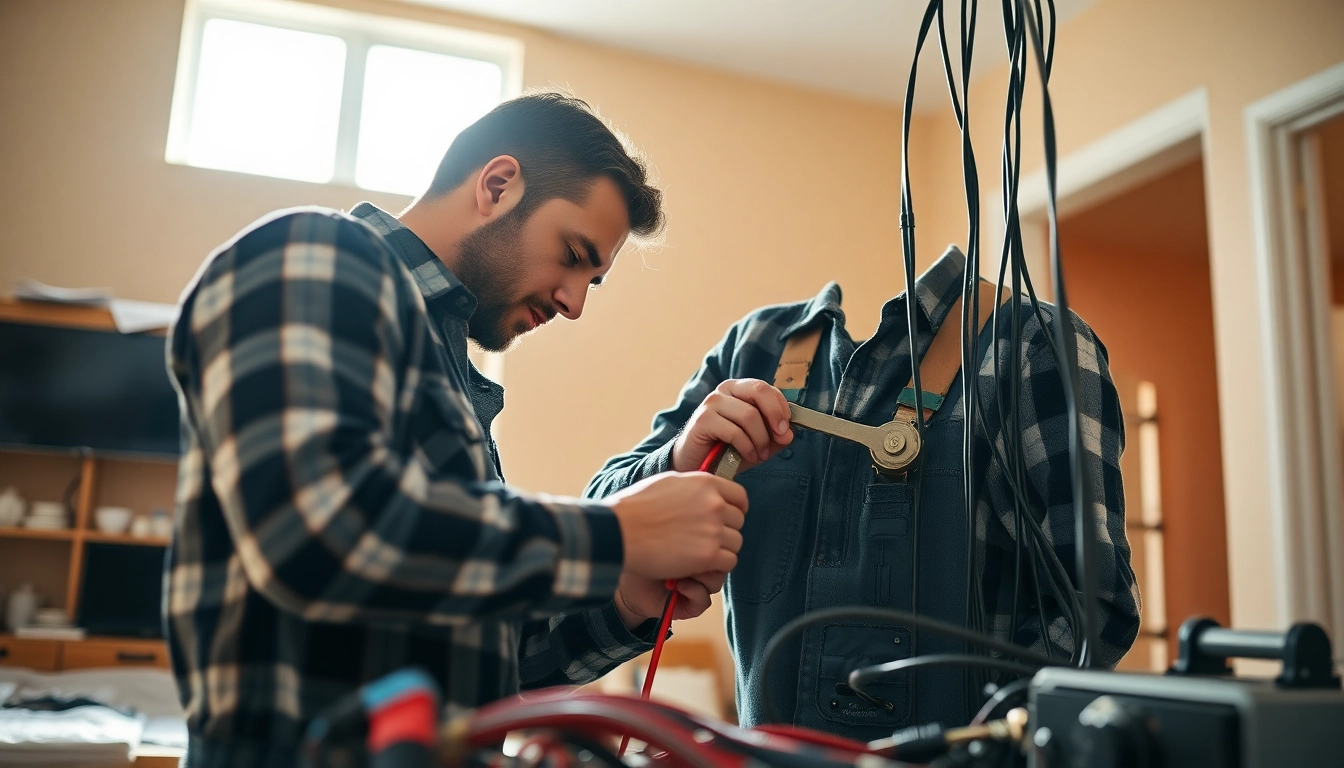Understanding Walk in Freezer Repair
A walk-in freezer is an indispensable asset for many businesses, particularly in the food service and retail sectors. These large refrigeration units provide ample space for storing perishable goods at optimal temperatures, ensuring freshness and compliance with health regulations. However, like any complex machinery, walk-in freezers can experience issues that may compromise their efficiency and functionality. Understanding walk in freezer repair is crucial for any business owner aiming to maintain operational continuity and protect their investments.
What is a Walk in Freezer?
A walk-in freezer is a large commercial refrigeration unit that allows individuals to enter the enclosure to store temperature-sensitive items. These freezers are commonly used in restaurants, grocery stores, warehouses, and other establishments that require significant storage capacities. They can maintain temperatures ranging from -10°F to -20°F (-23°C to -29°C), depending on the specific model and design. Walk-in freezers consist of structured panels that create insulation and refrigeration components, ensuring the contents remain frozen.
Common Issues and Symptoms
Recognizing symptoms of potential problems can prevent costly repairs or replacements. Some common issues include:
- Temperature fluctuations: If the freezer fails to maintain a consistent temperature, it may lead to spoilage.
- Frost buildup: Excessive frost can obstruct airflow and decrease efficiency.
- Unusual noises: Sounds like clanking or hissing can indicate mechanical issues.
- Leaking water: This may suggest problems with insulation or drainage.
The Importance of Professional Repair
Attempting to repair a walk-in freezer without professional skills can lead to further damage or health risks. Licensed technicians possess the expertise to diagnose issues accurately and carry out repairs safely. Professional repair services can also provide maintenance strategies to extend the unit’s lifespan.
Diagnosing Walk in Freezer Problems
Signs Your Freezer Needs Attention
Business owners should be vigilant for signs indicating that a walk-in freezer requires attention. Look for:
- Increased energy bills: An unexpected spike in utility costs could signal inefficiency.
- Condensation on walls: Excess moisture may indicate improper insulation or temperature settings.
- Items thawing: Any visible thawing of stored items should prompt immediate inspection.
How to Test Freezer Functionality
To test a walk-in freezer’s functionality, start by verifying the settings on the thermostat. Ensure the temperature is set to the desired range. Use a food thermometer to check the internal temperature and confirm that it matches the thermostat reading. Additionally, inspect seals and insulation for any visible wear and tear.
When to Call a Professional
If temperature inconsistencies persist despite troubleshooting efforts, it’s crucial to seek professional help. Other signs include the presence of unusual noises or ice buildup that cannot be managed through maintenance practices.
Common Walk in Freezer Repairs
Cooling System Repairs
One of the most common issues that can arise with walk-in freezers pertains to their cooling systems. These repairs often involve:
- Compressor issues: The compressor is vital for maintaining cool temperatures. A malfunctioning compressor may need replacement, which can cost between $250 and $650.
- Fan failures: Fans circulate air throughout the unit. Problems can lead to uneven cooling, requiring inspection and potentially repair or replacement.
Insulation Issues
Over time, insulation may degrade, leading to heat transfer and efficiency loss. Common repairs include:
- Re-sealing doors to prevent air leaks.
- Replacing damaged panels or insulation material.
An insulation problem can significantly increase operating costs and reduce the freezer’s effectiveness.
Electrical Troubleshooting
Electrical issues can affect the operation of the walk-in freezer. Common repairs might involve:
- Fixing wiring problems or faulty connections.
- Replacing thermostats or control boards that malfunction.
- Ensuring that circuit breakers are in good working order.
Preventive Maintenance for Walk in Freezers
Regular Service Checks
Conducting routine service checks can mitigate many repair issues. Businesses should schedule regular inspections by certified technicians, ideally on a quarterly basis, to ensure all components are functioning correctly and efficiently.
Cleaning Protocols
Regular cleaning is essential to maintain optimal conditions. Essential cleaning protocols include:
- Cleaning condenser coils to prevent clogs.
- Wiping down surfaces and removing any accumulated debris.
- Inspecting and cleaning door gaskets to ensure effective seals.
Tips for Longevity
Extending the lifespan of a walk-in freezer involves consistent best practices, including:
- Keeping the area around the unit clear of clutter to enhance airflow.
- Avoiding overloading the freezer, which can strain the cooling system.
- Monitoring temperature logs regularly and addressing any abnormalities promptly.
Choosing the Right Walk in Freezer Repair Service
Evaluating Contractor Experience
When selecting a repair service, consider the contractor’s experience in working with walk-in freezers. Look for certifications or relevant training that guarantees expertise in refrigeration systems.
Understanding Service Costs
Repair costs can vary widely based on the extent of the services required and parts needed. Obtain multiple quotes to ensure fair pricing and inquire about emergency service rates if needed.
Customer Reviews and Recommendations
Researching customer reviews and seeking recommendations can provide insights into a contractor’s reliability and service quality. Look for testimonials that specifically mention walk-in freezer repairs to ensure relevance.



